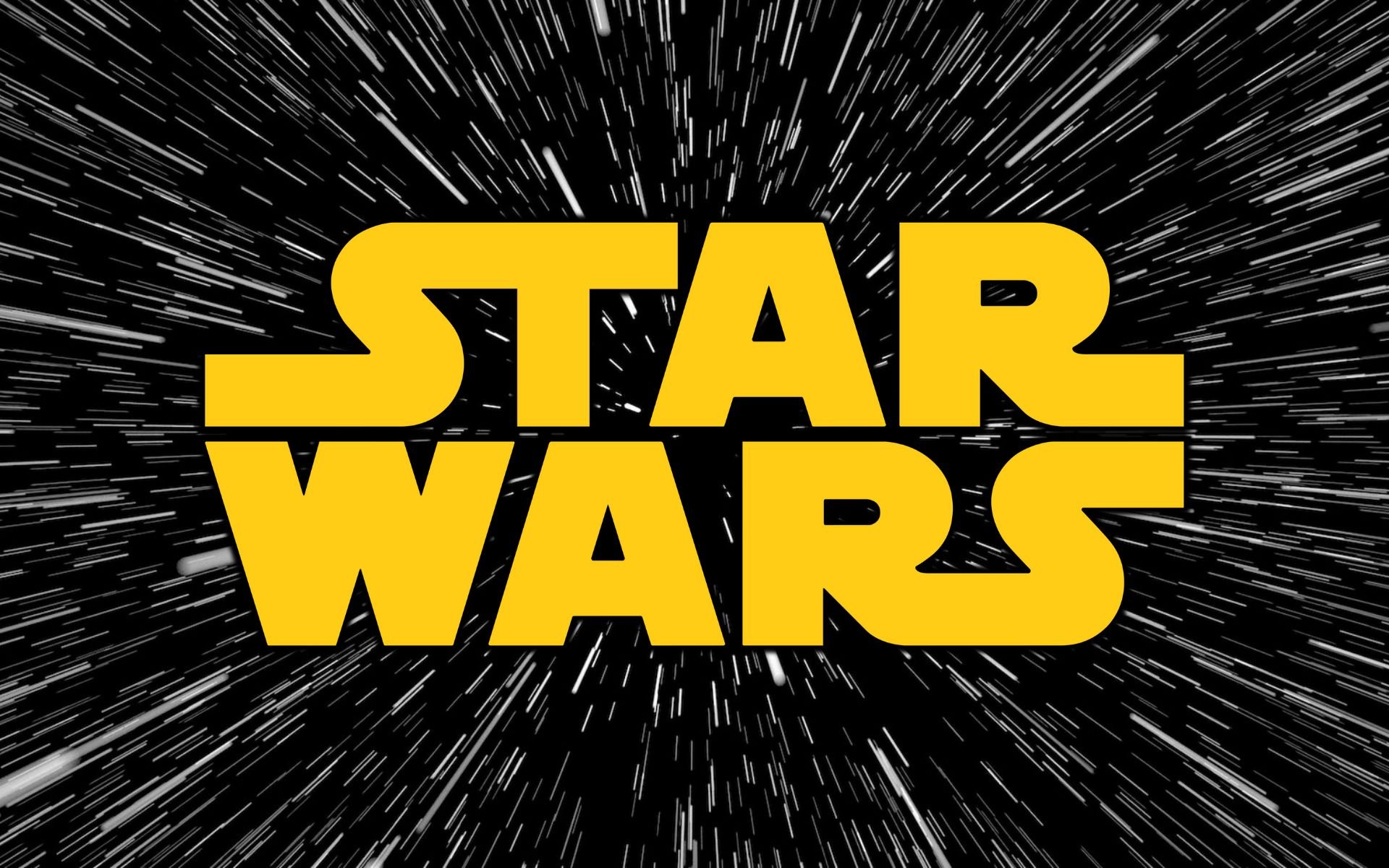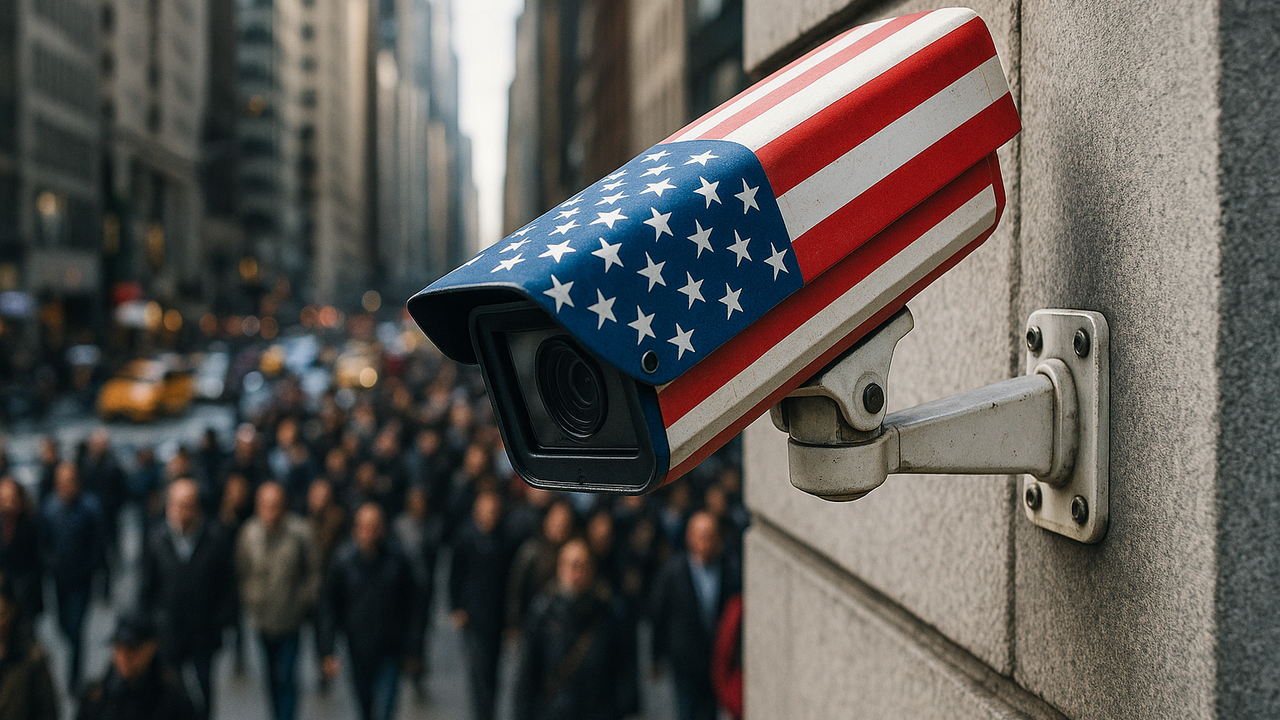Whether there is a love between animals? There are many nuances to consider before answering this question. First of all, humans are actually animals, so the answer is a resounding yes. Let’s change it up a bit: does love exist between non-human animals? Here we need to clarify a little more. What do we define as love? What kind of love are we talking about anyway?
Obviously, humans are the species in which love has been studied the most. In it we can talk about different types love ties. Affection between family or friends can be considered love. But there is another, much more intuitive love, arising from an even more intense chemical cocktail. romantic love.
If we turn to the first, we can say that love between animals really exists. Even between different species. For example, studies have been conducted in which, when analyzing magnetic resonance That dog brainsAreas associated with attachment are seen to be activated when they see their human friends. We also saw elephants they are crying to your dead. Or even female chimpanzees or killer whales carrying their dead offspring until they nearly starve to death. All this is also love. In the case of romantic love, it is much more difficult to define, but there is evidence that it may exist.
Possible examples of love between animals
Love between animals seems especially likely between the birdsalthough in some cases this is possible mammals. For example, in birds it has been observed that albatrosses form pairs that can exist for up to sixty years. They fly alone over the ocean for almost a whole year, but at a certain time they go to an appointed meeting on the island and behave in an affectionate, non-reproductive manner, which shows that this time has actually come. your own valentine.
There are also biologists who believe that romantic love exists among crows. They think this way because they are animals who usually have long-term couples, for many years. If the goal was only reproductive, it would be ideal for them to change partners, as this would lead to more genetic variation. There must be some kind of reward or brain circuitry that makes them stay together for so long. And this could be romantic love.
On the other hand, this was observed among Whales some flirts that don’t seem to have any mating purpose. These are isolated cases, but they made scientists think.
It’s all chemistry
We must not forget that romantic love between people is still a chemical cocktail designed to give us rewards that stimulate us to action. keep dating the person we like. At the beginning of a relationship, our brain undergoes a revolution. Different types of neurotransmitters move between neurons, going to different areas where they cause reactions ranging from pleasure to an almost complete inability to see another person’s flaws.
It has evolutionary advantages. It has been proven that reproduction lasts longest in those animals that usually monogamous relationships. A relationship that usually ends when the offspring becomes independent. There are only exceptions like those mentioned above. crows and albatrosses.
People have extremely long upbringings. Sometimes you can have children at home until you are 40 years old. This is not the most common figure, but a number around 20 is very typical. It’s convenient and long-term monogamy, for whom love is the ideal stimulus. Or very well-organized polyamory, but that’s a different question.
In general, we first connect to that other person through neurotransmitters such as dopamine. After this, attachment develops with the release of hormones such as oxytocin.
There are numerous studies that show that many animals share these brain circuits with us. Dopamine and oxytocin They also flow through their brains through connections similar to ours. We have already seen that attachment, at least non-romantic attachment, is very present in their lives. Therefore, although you cannot ask them and it is difficult to prove, love between animals most likely exists. They don’t celebrate Valentine’s Day, but they love each other too. Like many people.
Source: Hiper Textual














